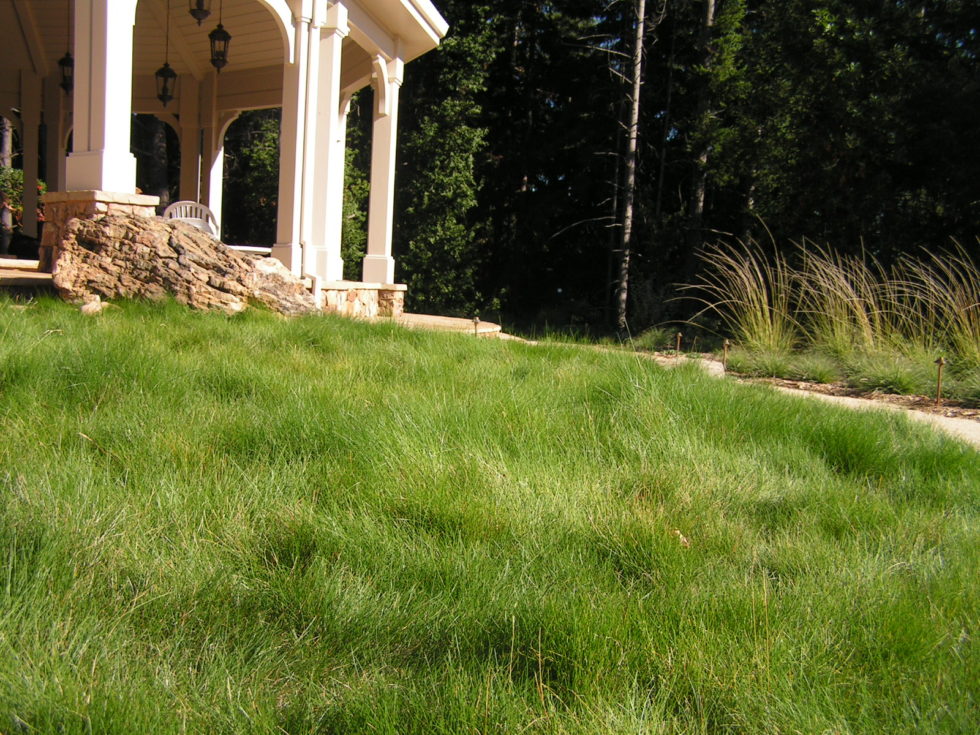Natural and human-centered activities emit carbon dioxide. Plant material takes in some carbon dioxide and converts it to sugars. Most of those sugars are used to build plant tissue, and the rest are pumped into the soil to be used by soil microorganisms.
While emission reduction is critical and all that most professions can do, the landscape professions are different. We can also build systems that sequester carbon.

We call this the photosynthetic liquid carbon cycle.
We have simply put more carbon into the atmosphere than the biosphere’s regulatory system can handle. Plants cannot take it up fast enough to keep up with our emissions. We need to reduce emissions and increase sequestration.
We have built our civilization upon systems that emit carbon at much higher levels than the biosphere can keep up with while simultaneously limiting the uptake capability through deforestation and development.
For example, a typical 10’ oval landscape pond costs about 2000 pounds of carbon.
An oak tree sequesters about 100-150 pounds a year. So it takes about 20 oak trees one year to sequester the carbon from 1 small pond!!
Hence our predicament. We emit carbon much faster than we can sequester it. While Emission reduction is critical and all that most professions can do, the landscape professions are different. We can also build systems that sequester carbon.



And unlike most other professions, we have the opportunity to design, build, and document the carbon relationships of our projects. With the Bond app, we can adjust our emissions and sequestration relationships based on constraints at the project level. We have the tools and the capabilities to lead the way in creating business models that provide viable solutions to the built environment.

Please join us
Rick

